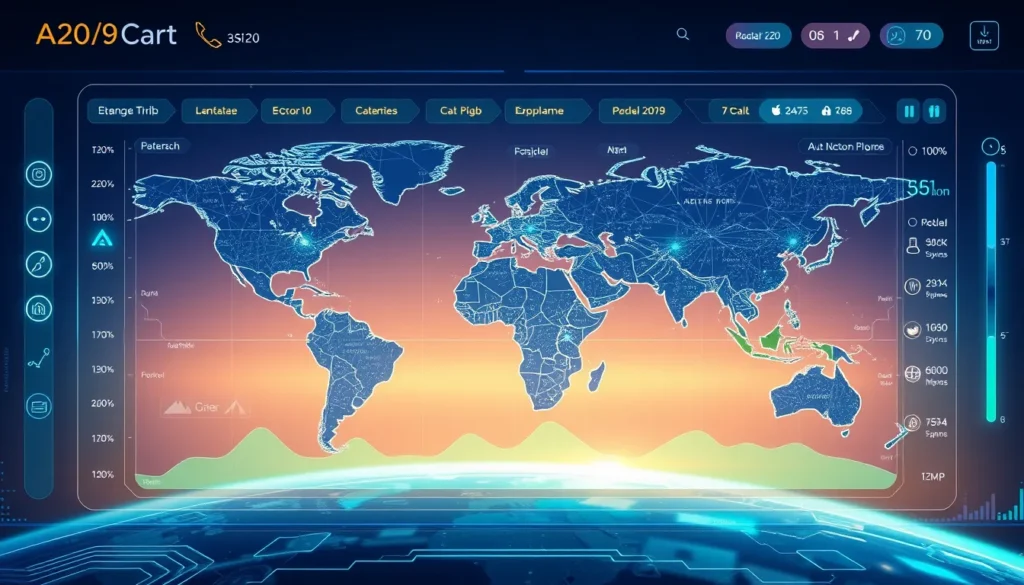Now Reading: FDA AI Regulation: Balancing Innovation & Safety
-
01
FDA AI Regulation: Balancing Innovation & Safety
FDA AI Regulation: Balancing Innovation & Safety

FDA AI Regulation: Balancing Innovation & Safety
Introduction
The evolution of technology in healthcare has been accelerated by rapid advancements in artificial intelligence and machine learning. One of the central focal points in this dynamic ecosystem is FDA AI regulation, which strives to harmonize technological innovation with the essential safeguards needed to protect public health. As startups and established institutions alike navigate this regulatory landscape, understanding the nuances of FDA AI regulation has never been more crucial.
FDA Draft Guidance and the Regulatory Landscape
In its latest draft guidance, the U.S. Food and Drug Administration (FDA) has set the stage for comprehensive oversight of AI and machine learning technologies. This document outlines how FDA draft guidance will shape future practices, emphasizing safety, efficacy, and accountability. The new guidelines aim to address the unique challenges posed by dynamic AI/ML technologies and regulation, while also fostering innovation. Regulatory bodies are particularly focused on risk assessment and continuous monitoring, ensuring that every product meets stringent standards before it reaches consumers.
Impact on Startups and AI/ML Regulation
For many startups, navigating machine learning regulation can be a daunting task. The startup ecosystem is rapidly growing, with many companies pushing the boundaries of what is technologically possible. However, the new FDA draft guidance underscores the potential hurdles they might face. Startup founders have expressed concerns that increased regulatory oversight could impose substantial compliance burdens, delaying product launches and draining critical resources.
Moreover, the balance between regulatory requirements and the agile development processes intrinsic to startups creates a unique tension. In this environment, FDA AI regulation is often cited as both a necessary precaution and a potential impediment to rapid innovation. Startups must now reconcile the need to innovate with the imperative of adhering to regulatory standards, ensuring their devices maintain both efficacy and safety.
Understanding FDA AI Regulation in Practice
A deeper understanding of FDA AI regulation reveals a multifaceted approach that addresses several key areas, including risk assessment, performance measurement, and post-market surveillance. The guidance clearly explains parameters for evaluating risk and setting performance metrics, crucial for products that are designed to learn and adapt post-deployment. For instance, when it comes to healthcare applications, the need to closely monitor diagnostic tools and decision support systems becomes paramount. With FDA AI regulation, these parameters are harnessed to balance innovation with necessary safeguards.
Incorporating Innovation and Compliance
The dialog between technology innovators and regulators is evolving. Many in the tech industry call for a more collaborative relationship with the FDA. They argue that a dynamic approach—where feedback is continuously integrated—could allow regulatory frameworks to adapt more fluidly to rapid technological changes. Industry experts suggest that, through ongoing dialogue, regulations can be modified to support innovation while still ensuring that consumer safety remains at the forefront.
Challenges of AI/ML Regulatory Compliance
As AI and machine learning technologies continue to evolve, challenges of AI/ML regulatory compliance remain significant. The main concerns revolve around the adaptability of current regulatory frameworks to the iterative nature of AI systems. Unlike static products, many AI-driven tools change over time as they learn from new data outputs. In light of these challenges, FDA AI regulation must evolve to capture the inherent dynamics of these technologies.
Key Steps for Startups
For startups, conforming to these guidelines involves several strategic steps:
- Regularly reviewing FDA updates and official communications (visit the official FDA website: https://www.fda.gov) to stay abreast of any changes in the regulatory framework.
- Implementing robust internal compliance measures that align with FDA draft guidance requirements.
- Engaging in dialogue with regulatory bodies to voice concerns and suggest more flexible frameworks.
- Investing in technologies and team training to ensure compliance in a rapidly evolving regulatory environment.
The Way Forward
Looking ahead, the successful integration of innovative AI solutions into mainstream healthcare depends on finding common ground between pioneering startups and a stringent regulatory framework. As the FDA continues to refine its guidelines, the focus on FDA AI regulation represents a balanced approach that supports technological progress while ensuring public safety.
Conclusion
In conclusion, navigating the complex world of FDA AI regulation involves understanding not just the letter of the guidelines but also their impact on the broader innovation ecosystem. Startups are particularly affected as they strive to maintain a competitive edge while adhering to evolving regulatory protocols. With thoughtful implementation and a proactive approach, companies can leverage FDA draft guidance as a tool to enhance both safety and innovation. As discussions between innovators and regulators continue to mature, the future promises a regulatory landscape that is as dynamic as the technologies it aims to oversee.
By embracing FDA AI regulation in its full context, stakeholders can secure a future where technological breakthroughs are harmonized with critical safety standards, ensuring lasting benefits for healthcare and beyond.

























